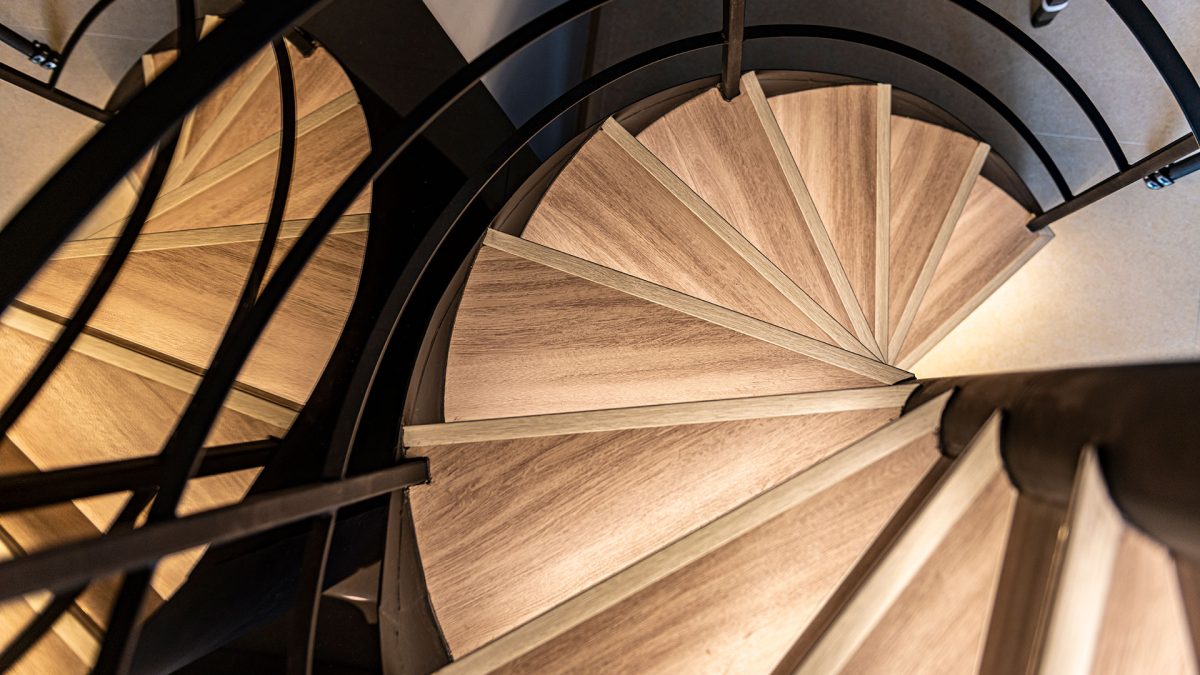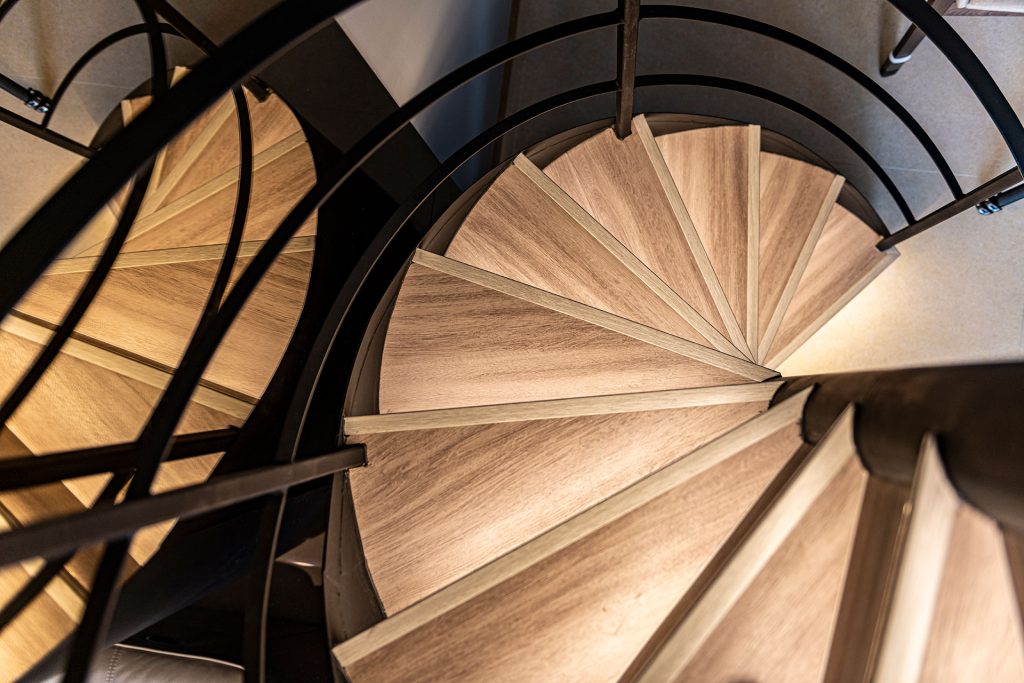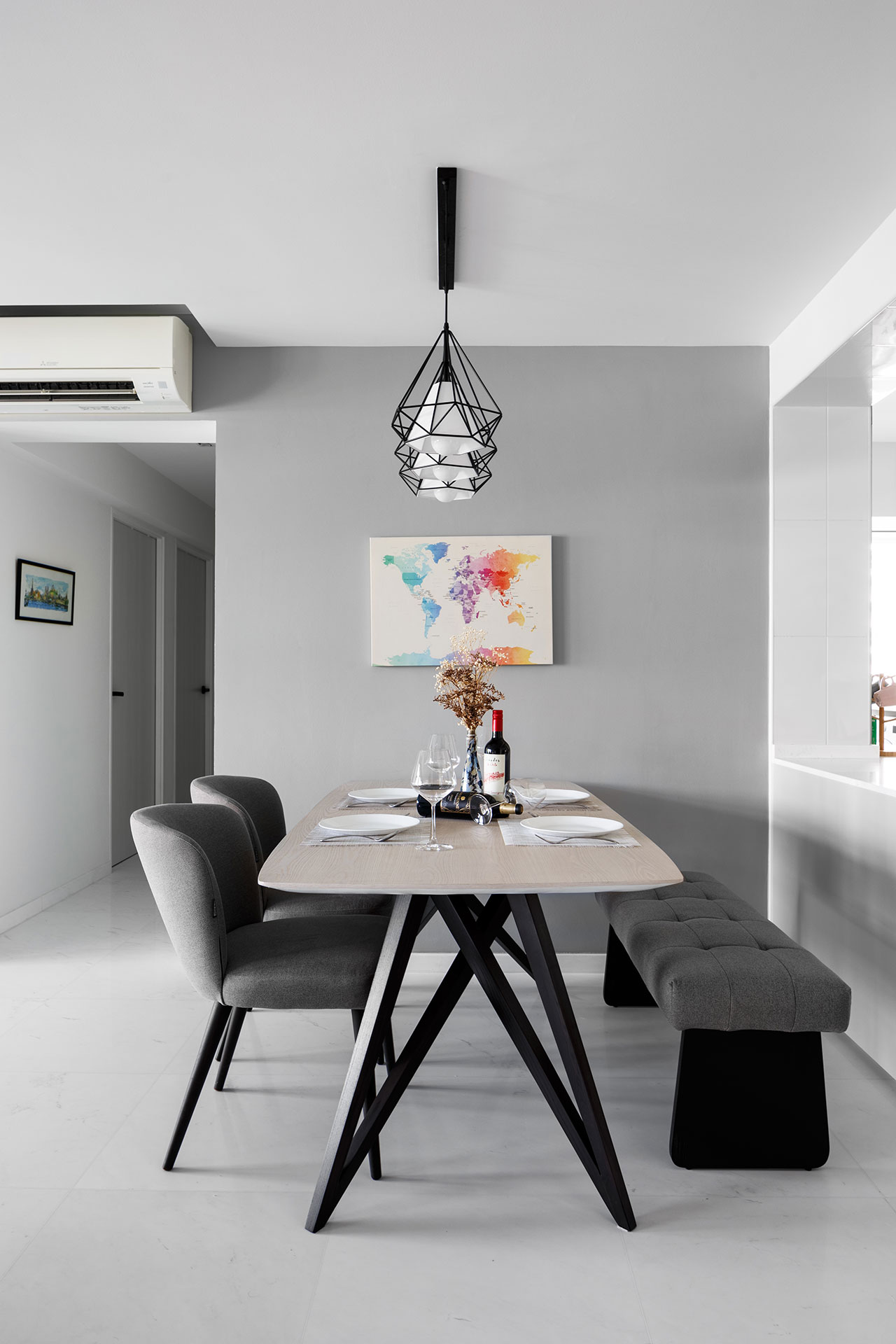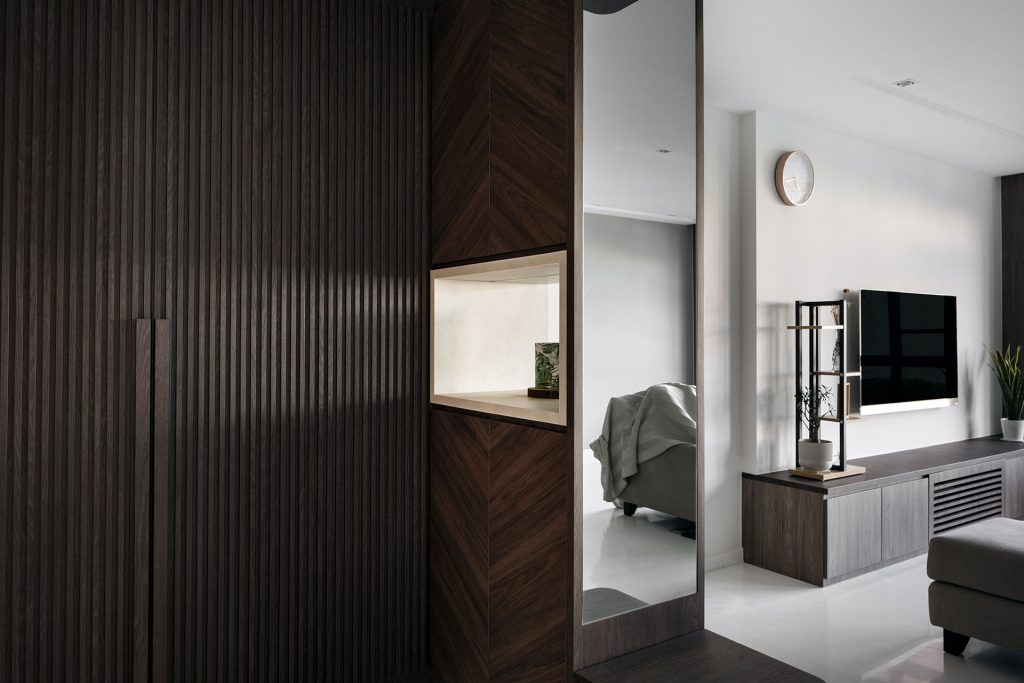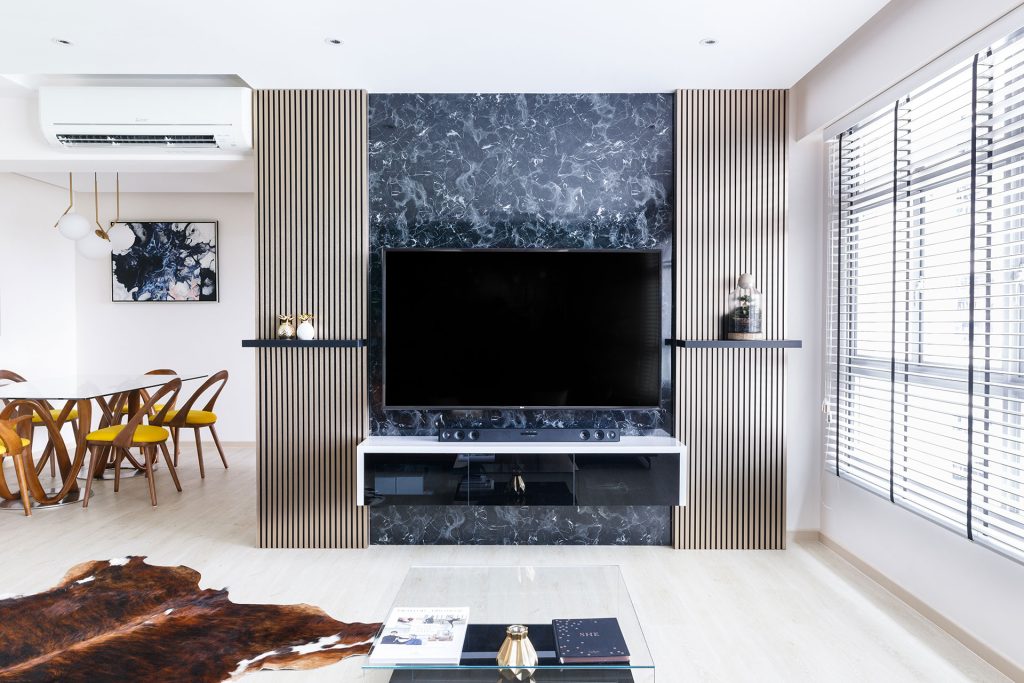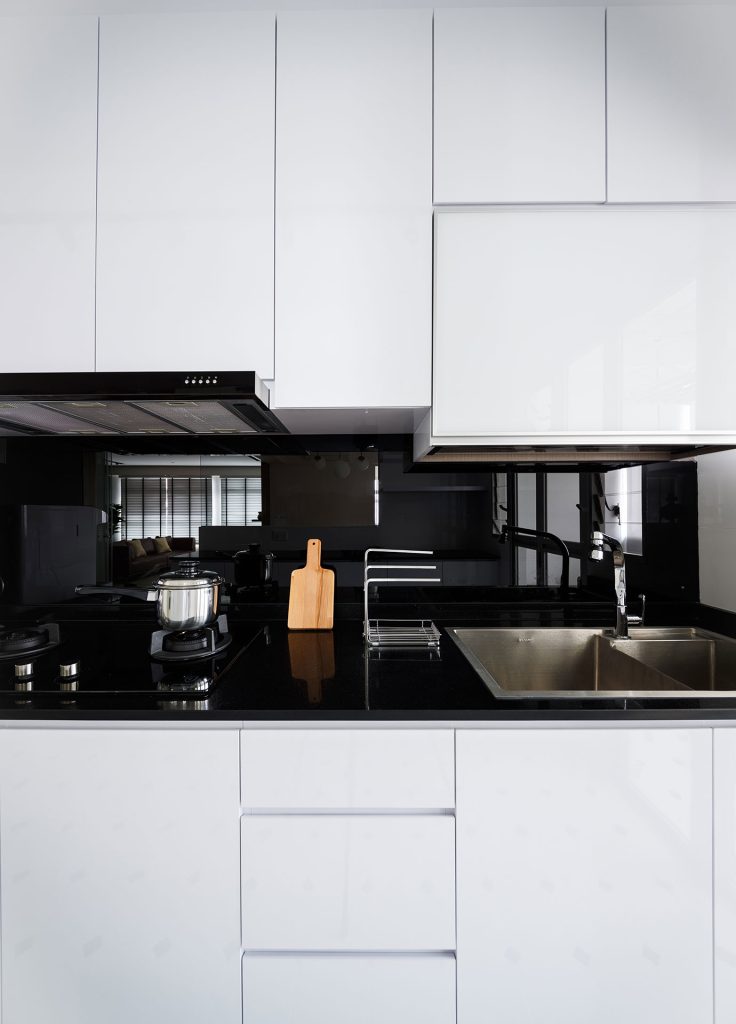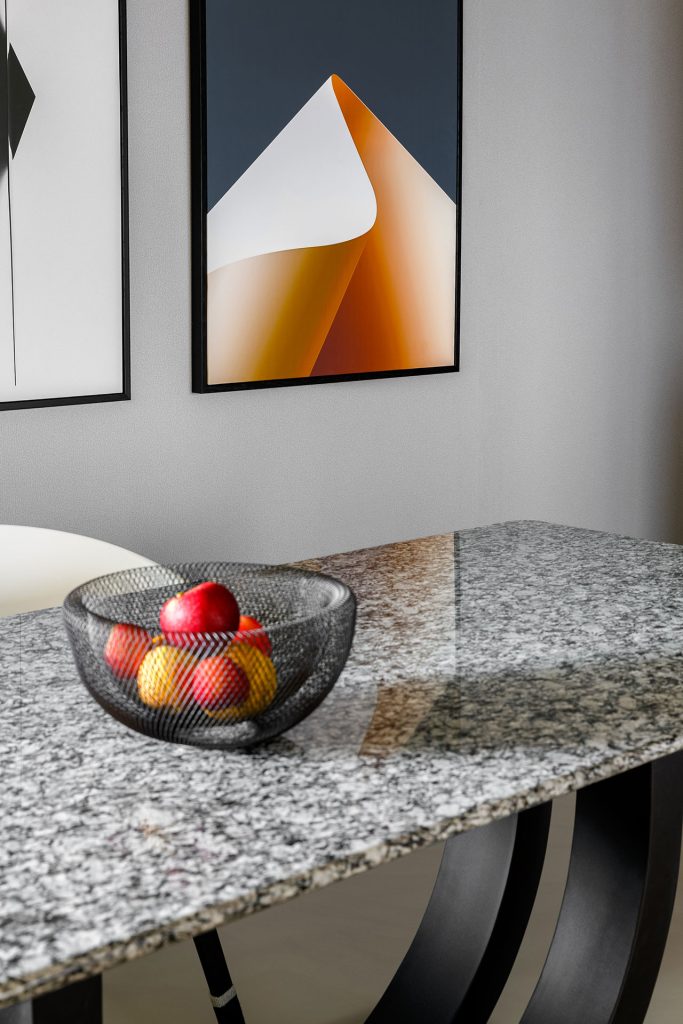On this article, we’re going to discover the 7 rules of interior design that outline the methods these 7 components should be used. An interior designer must be effectively versed with these 7 rules interior design to rearrange/arrange the 7 components so (that a) good composition is achieved. So without additional ado, let’s jot down the 7 rules of interior design and perceive their significance on the earth of interior design!
1. Unity
The precept of Unity, because the title implies stresses on the truth that there ought to be a way of uniformity or concord amongst all of the 7 components used. Interior design ought to function visible information for an individual to grasp a dwelling house, and without unity, the visible information will solely find yourself complicated the particular person.
All the weather used ought to complement each other and an easy transition ought to exist from one to a different. An excellent understanding of Alignment of objects, Similarity of colouration/sample/texture, Proximity (spacing) of objects, Repetition (grouping) of components based mostly on similarity, Continuation and Overlapping of interior design components are just a few methods to realize ‘Unity’ in any inside design association.
2. Balance
The precept of balance refers back to the ordered distribution of components of equal visible weight to realize a visible equilibrium. Balance is simply achieved when the visible weight of the weather are evenly distributed alongside a central axis or level that may be each actual and imaginary. The balance could be achieved by three standard methods specifically Symmetrical, Asymmetrical and Radial. In Symmetrical, the house is split into two equal halves centred on a central axis and each the halves are equally compensated to offer out a relaxed really feel to the dwelling house.
In Asymmetrical, any odd variety of components can be utilized by holding an imaginary central axis as the focus. Although asymmetrical balance is just a little laborious to realize when in comparison with symmetrical, the output is extra pure and energetic when in comparison with the previous. Radial balance includes a central piece (like a chandelier or a spherical eating desk) from which all different components appear to radiate to rearrange themselves in round symmetry.
3. Rhythm
The precept of Rhythm basically suggests a related motion between completely different components of inside design. This motion is important to keep up a visible tempo between components which have completely different visible weights. Components repeated in an orderly style and the areas between them create a way of rhythm. Rhythm could be achieved in any dwelling house by following these three strategies – Repetition, Alternation and Development.
Repetition refers back to the repeated use of the design components like colouration, texture and sample or some other bodily attributes like house décor objects in an orderly approach. Alternation is the tactic of making rhythm by alternating two or extra components in a pre-defined style like ABABAB or ABCABC and so forth. In Development, components are organized ascending or descending based mostly or their dimension, colouration gradient or some other distinctive attribute.
4. Emphasis
The emphasis, because the title suggests, is a precept of inside design that claims {that a} central piece of artwork or furnishings should play the position of a focus or consideration grabber of the explicit dwelling house. Components like colouration, sample and texture should be used to emphasise a selected focus.
In reality, these components should be utilized in such an approach that the focus dominates the remainder of the décor objects and pulls the room collectively. Different objects that encompass the focus should complement the latter and share a distinction that places the focus within the high precedence.
5. Distinction
Distinction refers back to the distinction within the luminance or colouration of objects that differentiates them from each other. In inside design, the distinction could be achieved by three components specifically colouration, kind and house. One can use pillows or prints of two reverse colours like black and white to realize distinction and make an object distinguishable.
The distinction may also be achieved by combining two or extra types; for instance, one can mix a round mirror and an oblong couch to stability and distribute the eye between each the objects. One also can obtain distinction in dwelling house by dividing the out there house effectively into usable constructive and adverse areas.
6. Scale and Proportion
The rules of scale and proportion make sure that objects positioned in the house seem like they belong to one another. Be it the dimensions, dimension, form or colouration of the objects, a concord ought to be established between them and a proportion must be maintained.
For instance, an excessive ceiling surrounding implies that prime rise furnishings ought to be most well-liked over low rise furnishings like ottomans. Additionally, underneath stuffed pillows would make an enormous couch look empty and underneath accessorized, thus disrupting the concord and proportion that’s alleged to exist.
7. Details
Details are like cherries on ice cream, they may appear additional however without cherries, the ice cream isn’t simply full! Be it the small embroideries on a pillow cowl or the colour inside these embroidery patterns, each element provides just a little little bit of life to the general interior design, including their very own distinctive character to the general composition.
As soon as you’re certain that you’ve got achieved the entire above-mentioned rules, it’s time for details to take over and beautify the place additionally.
